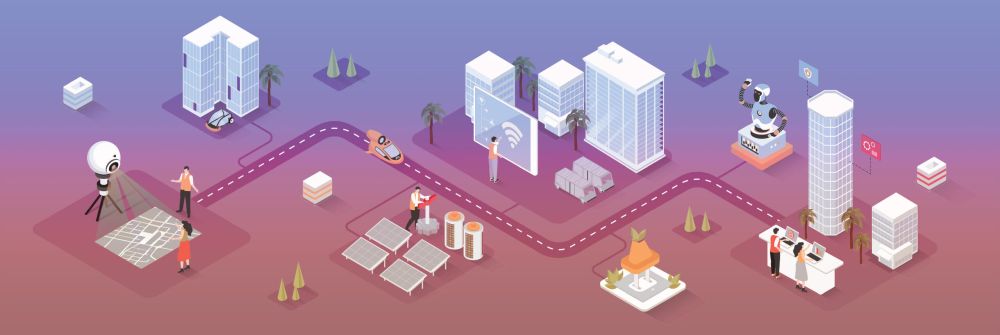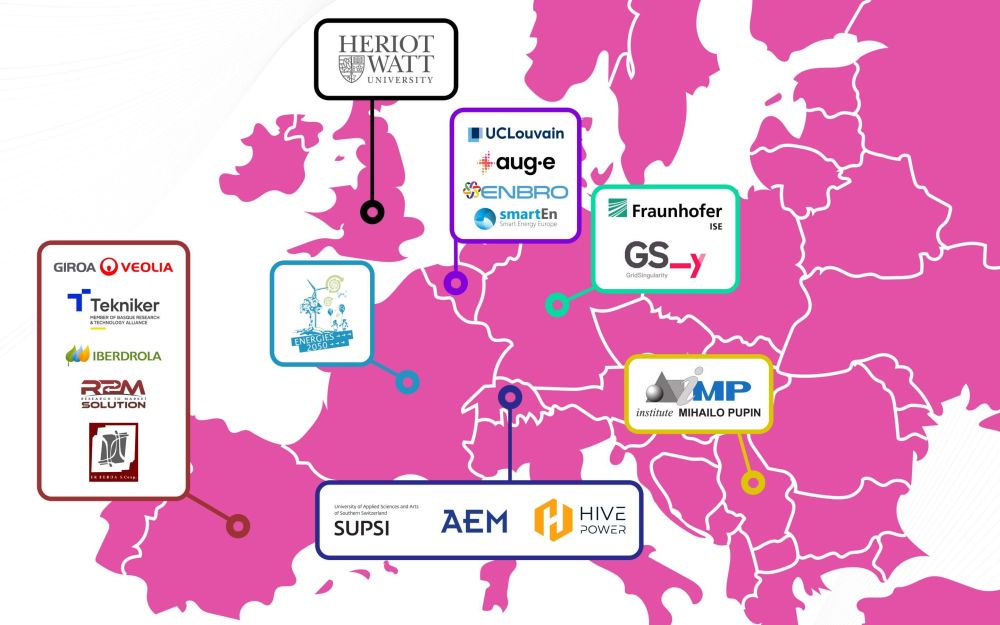| Duration: | 10/2022 - 09/2027 |
| Contracting Authority / Sponsors: |
This project has received funding from the European Union’s Horizon Europe programme under Grant Agreement No. 101075660 |
| Project Partners: | GIROA SOCIEDAD ANONIMA, FUNDACION TEKNIKER, UNIVERSITE CATHOLIQUE DE LOUVAIN, FRAUNHOFER GESELLSCHAFT ZUR FÖRDERUNG DER ANGEWANDTEN FORSCHUNG EV, IBERDROLA CLIENTES SOCIEDAD ANONIMA, IBERDROLA ENERGIA ESPANA SAU, R2M SOLUTION SPAIN SL, R2M SOLUTION, GRID SINGULARITY GMBH, GRID SINGULARITY UNIPESSOAL LTD, INSTITUT MIHAJLO PUPIN, I. LECO, ENBRO, SMART ENERGY EUROPE, ENERGIES 2050, UR BEROA S COOP, AZIENDA ELETTRICA DI MASSAGNO (AEM) SA, HIVE POWER SAGL, SCUOLA UNIVERSITARIA PROFESSIONALE DELLA SVIZZERA ITALIANA, HERIOT-WATT UNIVERSITY |
| Website: | Fedecom Project |
| Project Focus: |
Federated System of Systems Approach for Flexible and Interoperable Energy Communities



FEDECOM is developing the technical and business ecosystem to demonstrate the advantages of energy sector coupling across European energy communities. Integrating the local energy systems across the federation of communities will bring economic benefits, improve grid stability and reliability, as well as reduce the overall carbon footprint. FEDECOM aims to create and validate a solution bridging across technical, social and market impact:
- Technical innovation: Integration of existing and emerging information and communication tools
- Boundary conditions: Overcoming socio-economic and policy barriers
- Business innovation: Innovative business models ready for large-scale replication
Building on results of recently (or soon to be) concluded EU projects, FEDECOM aims to enable integrated local energy systems through sector coupling and cross-energy vector integration, increasing RES penetration via optimal utilisation of energy dispatch, storage, and conversion assets. FEDECOM pursues the idea of electricity becoming the leading energy carrier, with power grids as the backbone for the decarbonisation of all energy sectors and aggregators as the cornerstone enabler of the potential exploitation. FEDECOM adopts and maximizes the potential synergies of two complementary deployment strategies:
- direct electrification (e.g., via demand electrification)
- indirect electrification (with power-to-X technology).
FEDECOM will deliver a scalable and adaptable cloud-based platform composed of analytical, modelling and optimization services for planning, supervision, and control of integrated local energy systems (power, gas, heating and cooling, industry, electric and hydrogen mobility). Optimized operations of the integrated systems will be demonstrated as part of hybrid RES/storage infrastructures, while enabling a holistic cooperative demand response (DR) strategy across federation of energy communities. With a concept of federated energy communities, FEDECOM unlocks the flexibility potential, enable energy exchange, and provide coordinated actions across near and remote sites, while maximizing the positive impact on grid transmission level. FEDECOM’s integrated package will be verified on three real large-scale pilots, each composed of multiple (federated) demo sites (communities): Spanish Virtual Green H2 Federation, Swiss Residential Hydropower Federation and BENElux cross-country e-Mobility Federation. After FEDECOM, local energy communities and service providers will be fully trained and upskilled via dissemination and engagement activities to take full ownership of FEDECOM solution and its business ecosystem.

Within the FEDECOM project, Fraunhofer ISE leads the:
- development of the sector coupling demo scenarios,
- cross-vector modelling of the energy dispatch network, and
- field-level system interfacing and communication protocol.
Fraunhofer ISE also plays a vital role in the energy asset and system-level modelling and simulation.